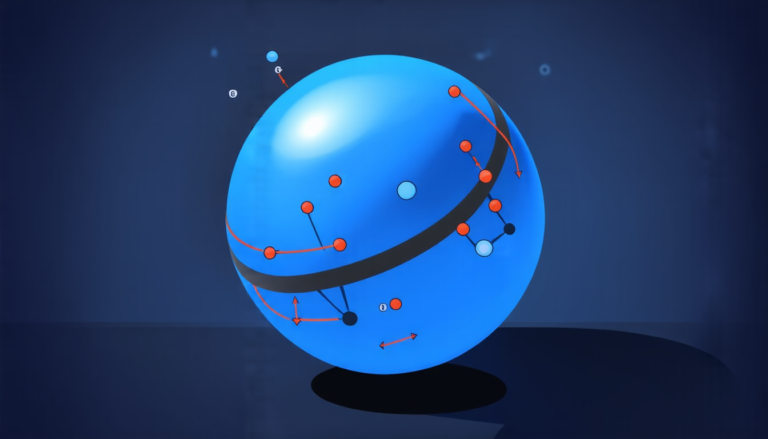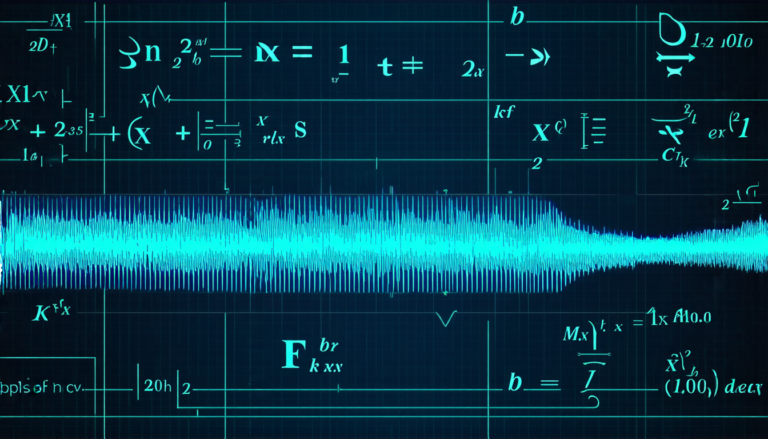Wednesday 30 April 2025
Scientists have made a significant breakthrough in understanding the behavior of particles that interact with each other through electrostatic repulsion. This type of interaction is crucial in many fields, including materials science and biology, where it can affect the properties of materials and the functioning of biological systems.
The researchers used mathematical models to study the movement of particles that are subject to both Brownian motion – the random movement of particles due to thermal fluctuations – and electrostatic repulsion. They found that when the particles are in a confined space, such as a container or a biological cell, they exhibit a unique behavior known as quasi-stationarity.
Quasi-stationarity is a state where the particles reach a balance between their Brownian motion and their electrostatic repulsion. This balance leads to a stable distribution of particles within the confined space, which can have important implications for the properties of materials and biological systems.
The researchers used mathematical models to study the behavior of particles in different scenarios, including when they are in a container with a specific shape or when they are subject to external forces such as temperature changes. They found that the quasi-stationary state is sensitive to these external factors, which can affect the distribution of particles and their properties.
The findings have important implications for fields such as materials science and biology, where understanding the behavior of particles can lead to new discoveries and innovations. For example, in materials science, the researchers’ work could help scientists design new materials with specific properties, while in biology, it could provide insights into the functioning of biological systems and potentially lead to new treatments or therapies.
The study also highlights the importance of considering the interaction between Brownian motion and electrostatic repulsion when studying particle behavior. This interaction is often neglected in simple models, but it can have a significant impact on the behavior of particles in real-world scenarios.
Overall, the researchers’ work provides a deeper understanding of the complex interactions that occur between particles and their environment, which could lead to new breakthroughs in fields such as materials science and biology.
Cite this article: “Unraveling the Behavior of Particles Under Electrostatic Repulsion”, The Science Archive, 2025.
Particles, Electrostatic Repulsion, Brownian Motion, Quasi-Stationarity, Confined Space, Materials Science, Biology, Particle Behavior, Thermal Fluctuations, Mathematical Models







